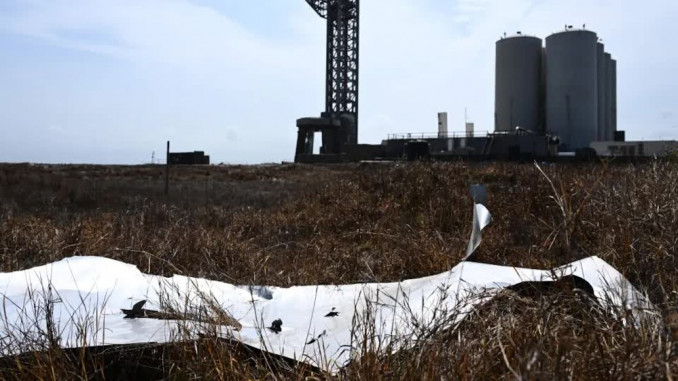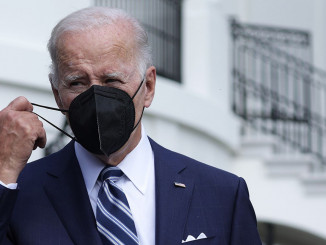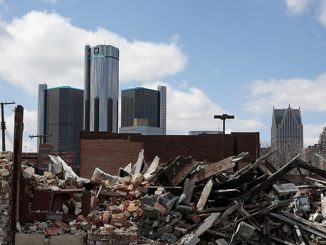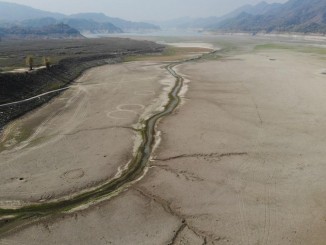
On April 20, 2023, debris and ash rained down on the coastal communities and protected rare wildlife habitats outside of Brownsville, TX, following SpaceX’s most recent rocket launch test. The rocket, known as Starship, was not expected to make it far: SpaceX CEO Elon Musk freely admitted that he was launching what was essentially a “box of grenades,” but the extent of the destruction was unforeseen. Concrete chunks and pieces of steel from the destroyed launch pad shot into the ocean and surrounding state park, landing within feet of federally protected shorebird nests and just happened to avoid hitting the nearby fuel silos. Residents of the nearby town Port Isabel had their windows broken and their homes coated in mysterious particulate matter that may or may not be dangerous to touch or breathe. Despite these consequences, experts say the requirements placed on SpaceX for an investigation of the incident will be “minimal and easy” to fulfill.
SpaceX’s launch facility, located a few miles from the Texas-Mexico border, is in a biodiversity hotspot at the intersection of the Texas coast’s unique barrier islands and the mouth of the Rio Grande. Swaths of federally- and state-protected wildlife habitats surround the site for miles. And yet, SpaceX and Musk deliberately neglected to build typical rocket launch infrastructure, such as a water-cooled steel plate that simply “wasn’t ready in time”.
This most recent spectacle is certainly not the beginning of the detrimental impacts of SpaceX on the local communities and ecosystems. Just before Starship’s launch, dozens of organizations from Brownsville and the surrounding Rio Grande Valley had signed a letter opposing the test. They are opposed to SpaceX’s exploitation of the low-income region, which is impacted not only by pollution but also by frequent and unexpected loud noises, and the exclusion of residents from previously public beaches and the sacred lands of the Carrizo/Comecrudo Tribe. Local activists explain that Musk’s and SpaceX’s influence over Brownsville politics is immense. The company is widely understood to be buying out government officials such as Mayor Trey Mendez, in exchange for tax breaks and lenient enforcement of environmental regulations.
The federal government has also been accused of loosening regulations in SpaceX’s favor. The Federal Aviation Administration (FAA) began approving the company’s test flights much more quickly after beginning to receive pressure from NASA and the U.S. military, who both rely on SpaceX as a major contractor. The current Starship project, for example, is funded by a $2.9 billion grant from NASA to develop technology to send people to Mars.
Residents of Brownsville, the U.S.’s poorest city, are right that they are “being exploited by a billionaire and his pet project.” The exploitation does not stop there. An immense pool of resources, mainly funded by taxes, are dedicated to this company that blatantly disregards the well-being of the communities and ecosystems that it impacts. Imagine what could be accomplished if the resources spent on scientists and engineers employed by SpaceX, some of the most well-educated in the world, could focus instead on addressing climate change or preparing for the next pandemic. And it’s indisputable that just a portion of the wealth of the world’s richest man could produce radical change for Brownsville and the conditions of those living such a dreadfully underfunded and vulnerable city, were it not dedicated to keeping them breathing in pulverized launch pad and away from their public beaches.




